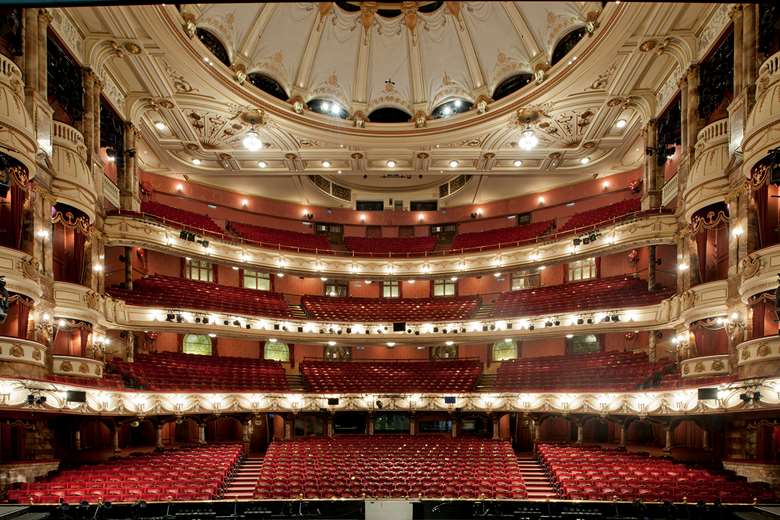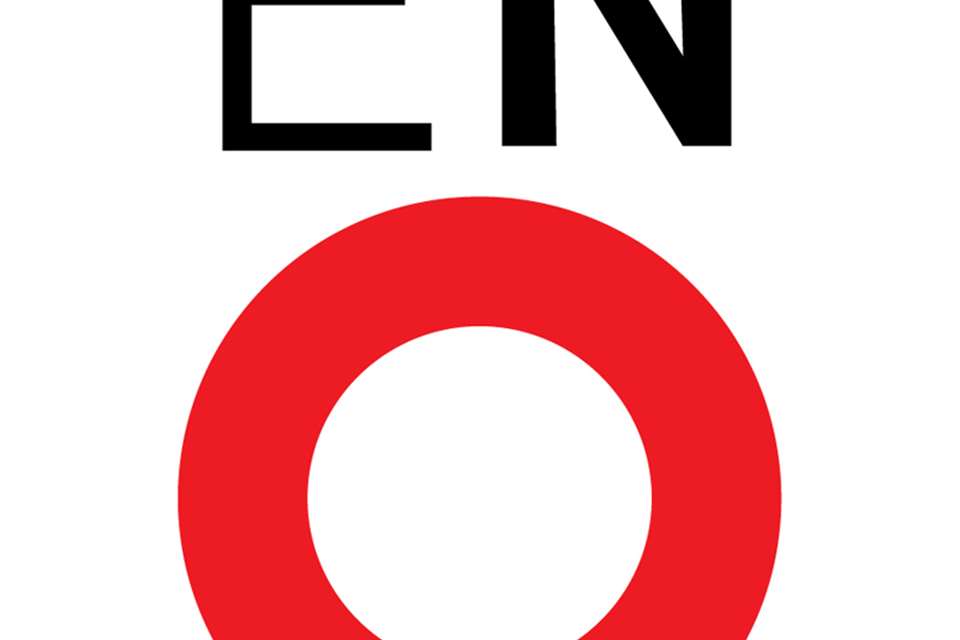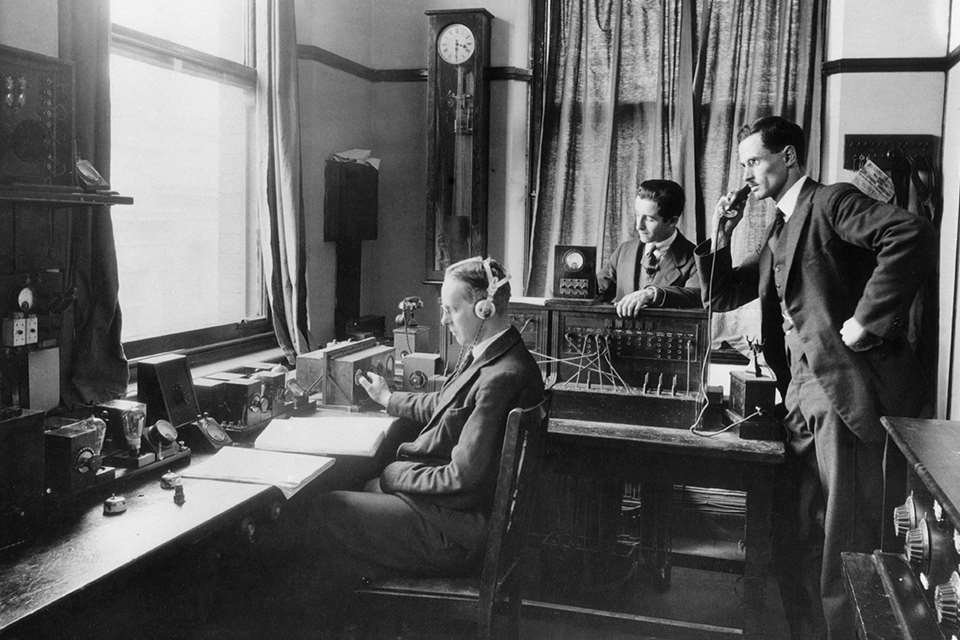Not just the way we fund the arts, but even the way we talk about it, is wrong
Martin Cullingford, Gramophone Editor
Thursday, November 10, 2022
The devastating cuts to ENO and Britten Sinfonia should encourage a fresh look at the way cultural support is shared

I grew up far from London, far indeed from any of our major modern cities. And while my childhood contained many musical opportunities - to learn and to participate, primarily - there were very few organisations of a world-leading level within easy reach for an evening out, still less located in my town itself. So I fully support the idea of sharing out arts money throughout the country. But to do so at the expense of existing organisations of excellence seems very short sighted. You don’t improve culture in one place by diminishing it elsewhere. A beacon of excellence is a beacon wherever it exists – yes, it will draw people towards it (but major cities always do that for many reasons), but make it as bright as you can and it also illuminates all the further. Turn the light down, however, and everywhere becomes a little darker.
The total removal of funding from English National Opera and the Britten Sinfonia, beacons both, in the latest Arts Council funding round has rightly attracted wide-spread condemnation – and mystification – from the classical community. ENO, which throughout its history has approached opera from innovative and unexpected angles while nurturing (and continuing to nurture) a generation of leading British singers, point out that it’s hard to know what more they could have done to reach new audiences: one in seven attendees to ENO are under 35, 50 per cent are opera first timers, and free tickets are available to under 21s. The Britten Sinfonia, meanwhile, takes its acclaimed music-making around a region visiting venues without resident orchestras of their own; contemporary in the widest sense it offers numerous world premieres, while explorations of core repertoire such as the Beethoven symphonies are undertaken with such fascinating and high-profile musical ambassadors as Thomas Adès conducting. You can read Chief Executive and Artistic Director Meurig Bowen’s reflections on the devastating human and artistic impact of the cuts here; you can sign ENO’s petition here.
The triennial process of the giving and taking away of grants is far from ideal. Yes, money needs to be found for new organisations, and indeed some superb organisations doing important work received funding for the first time this year, including the Chineke! Foundation and Multi-Story. Excellence needs rewarding and complacency guarding against. But what message does withdrawing huge, organisation-threatening sums, send? To people considering devoting themselves to a career in culture (be that as artists or as their vital behind-the-scenes colleagues) – that it not only brings relatively lower pay but regular job uncertainty too? And to audiences, that the ensemble, or theatre company, or whatever it is, that you’ve been following and who may have added untold value to your lives, quite possibly challenging and changing you as a person – that it is no longer deemed important enough to continue funding? That the experience didn’t really count? And how are the organisations who do receive money – at, through no fault of their own, the expense of others – meant to respond? They’re deservedly joyous at having their work recognised, but any celebration, any sharing with their community or supporters of that joy, feels uncomfortable in the context.
But perhaps the way we talk about arts funding also doesn’t help. The Art’s Council’s statement is named the ‘2023-26 Investment Programme’, and that word – investment – appears throughout the document, as throughout so much related to arts funding. Investment implies that by putting in, more is got out. In one sense that is true - put money into the arts and you enrich lives, grow children’s (and adult’s) understanding of themselves and those around them, build communities, and entertain too (let’s not lose sight of the fact that art can sometimes just be fun!). And yes, it also attracts tourists and some wider revenue for restaurants and so on. But I suspect the word is largely used because it’s felt to be more palatable than spending. Maybe this is just semantics, but investment, and the resulting need for a criteria as to how you then assess the value created, doesn’t feel the right way to think about arts funding, any more than investment in healthcare does: you spend money on healthcare because it’s a morally good thing to do, and so with the arts. Maybe if we more honestly accepted that the arts cost money – though much less than many other areas of public life – but then argue that for the sort of society we want to live in, it’s simply money worth spending, money that as a society we should want to spend, then the debate might be a better one.










